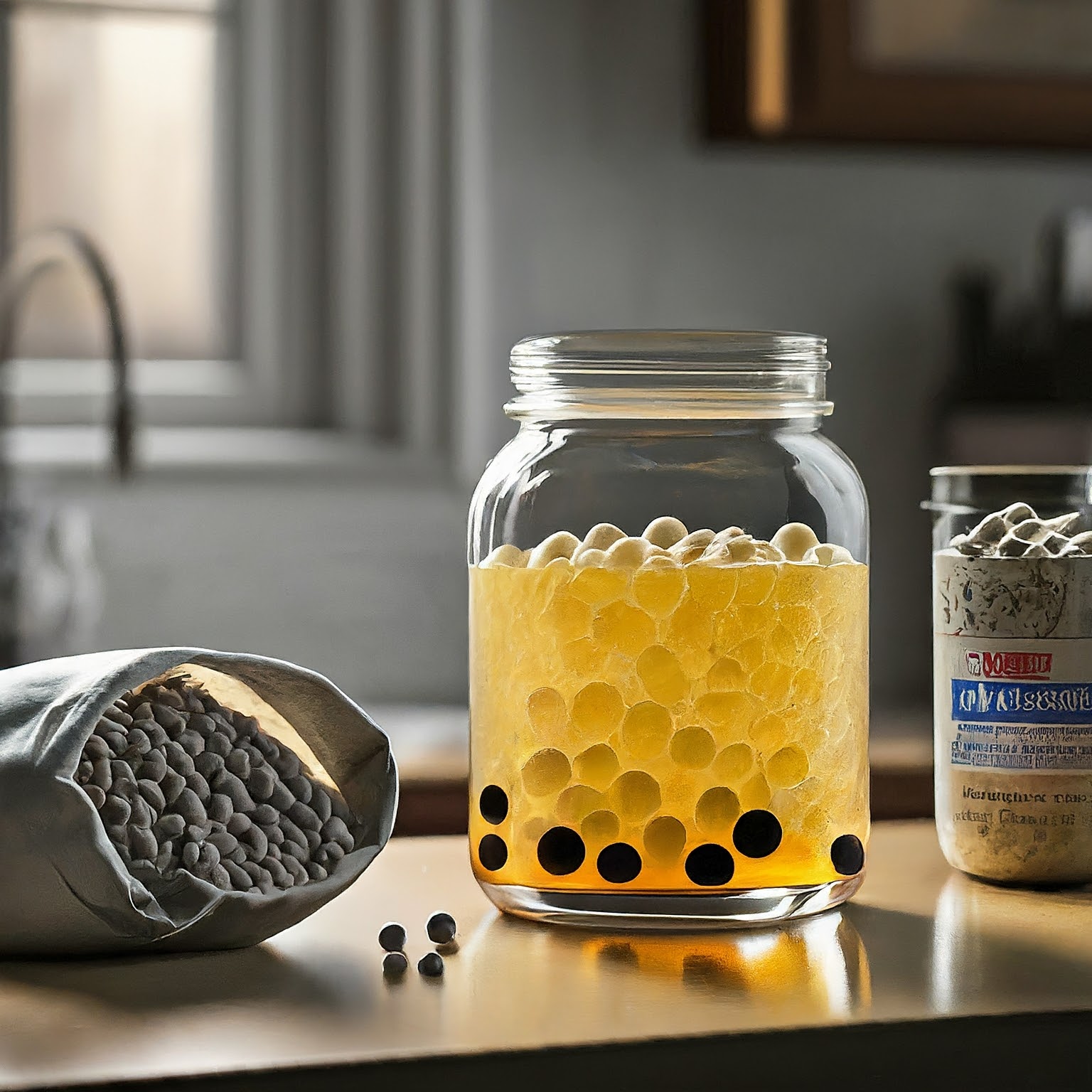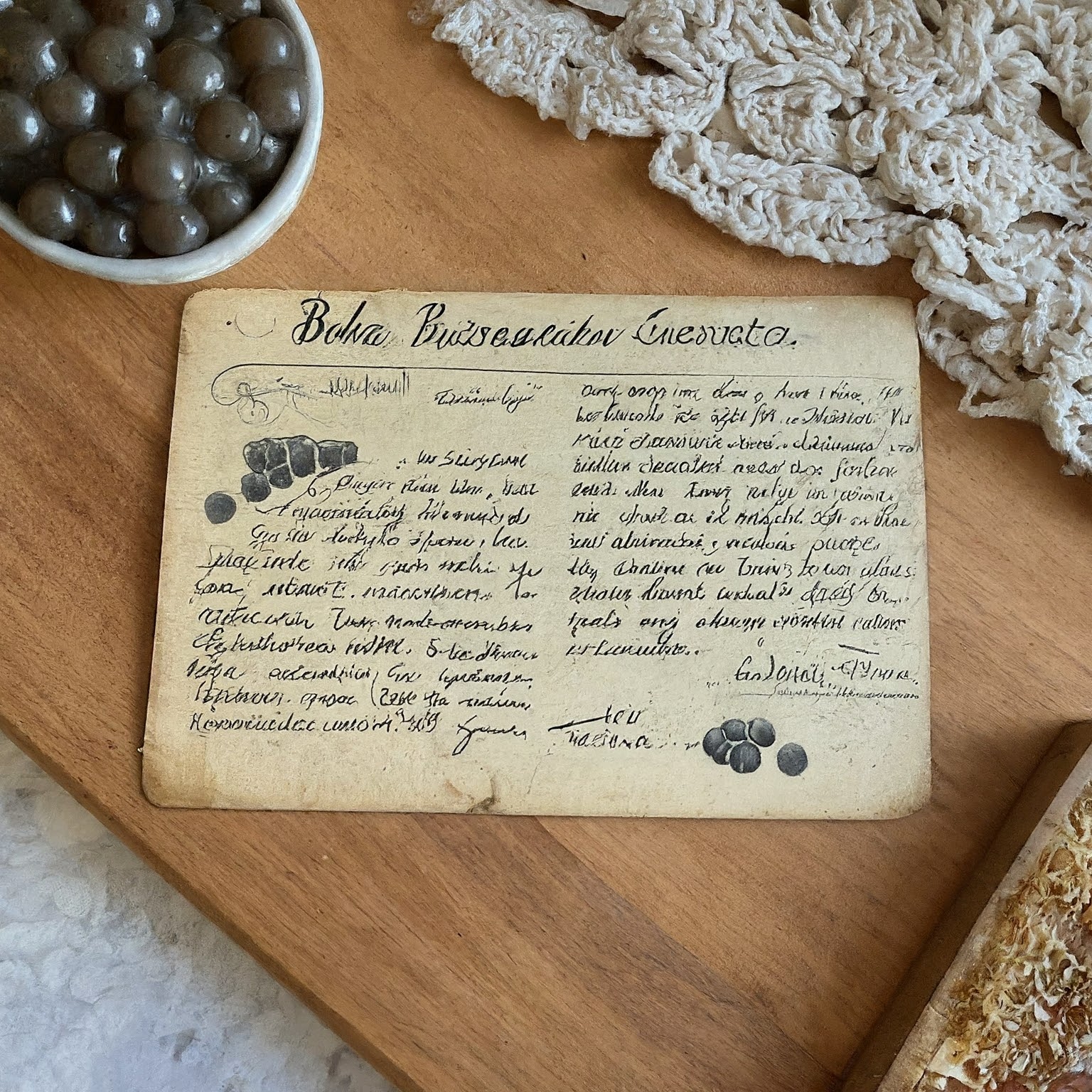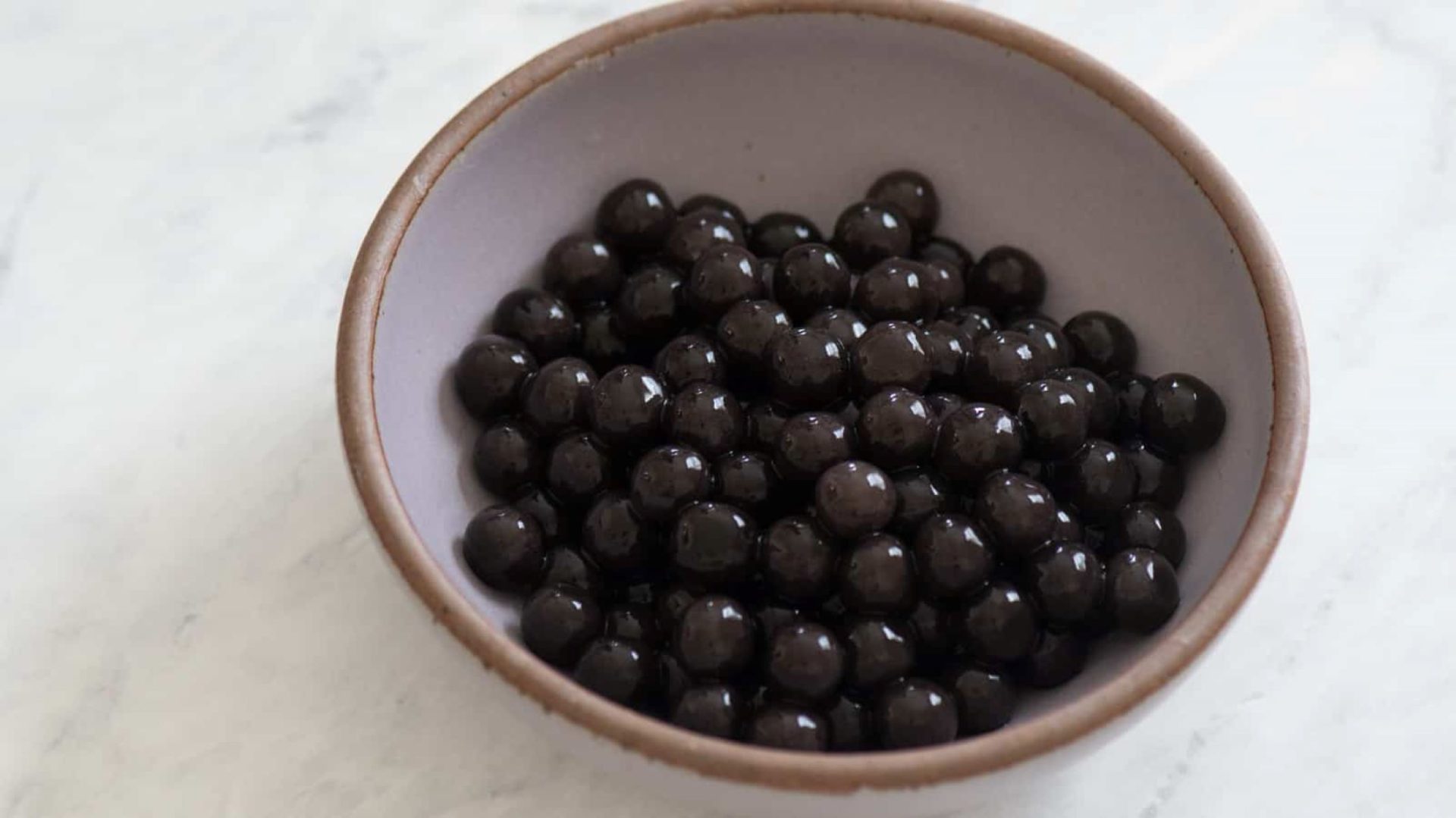Storing boba involves submerging the cooked tapioca pearls in a simple syrup or sugar solution to prevent them from sticking together and maintaining their desired texture, ensuring they remain plump, chewy, and ready for use in delicious bubble tea concoctions.
Boba Storage Secrets: How to Keep Your Tapioca Pearls Fresh and Chewy
Boba tea, also known as bubble tea, has become increasingly popular in recent years. This delicious and refreshing drink originated in Taiwan and has since gained a global following. One of the key components of boba tea is the tapioca pearls, also known as boba.
These chewy and flavorful pearls add a unique texture to the drink, making it a favorite among many. However, in order to maintain the quality and freshness of boba, proper storage is essential.
The Science Behind Tapioca Pearls
Tapioca pearls are made from the starch extracted from the cassava root. This starch is processed into small balls or pearls, which are then cooked until they become soft and chewy. The texture of tapioca pearls is a result of the starch gelatinizing when heated and absorbing water during the cooking process.
The composition of tapioca pearls plays a crucial role in their texture and flavor. The starch content gives them their chewy consistency, while the sugar content adds sweetness. Additionally, tapioca pearls have a high moisture content, which contributes to their freshness.
Moisture and temperature are two important factors that can affect the quality of boba. If exposed to excessive moisture, tapioca pearls can become soggy and lose their chewiness. On the other hand, if stored at high temperatures, boba can dry out and become hard.
Common Boba Storage Mistakes to Avoid
There are several common mistakes people make when storing boba that can negatively impact its quality. One of the most common mistakes is leaving boba at room temperature for extended periods of time. This can lead to the growth of bacteria and mold, resulting in spoiled boba.
Exposing boba to sunlight is another mistake to avoid. Sunlight can cause the tapioca pearls to dry out and become hard. It is best to store boba in a cool and dark place to maintain its freshness.
Another mistake is storing boba in an open container. This can lead to moisture loss and make the pearls dry and hard. It is important to store boba in an airtight container to prevent moisture loss and maintain its chewiness.
Choosing the Right Container for Boba Storage
When it comes to choosing the right container for boba storage, there are a few options to consider. Glass jars are a popular choice as they are airtight and can help maintain the freshness of boba. However, glass jars can be heavy and fragile, making them less convenient for everyday use.
Airtight plastic containers are another option for boba storage. These containers are lightweight, durable, and easy to use. They can effectively keep moisture out and maintain the quality of boba.
It is important to note that regardless of the type of container chosen, it should be clean and free from any odors or contaminants that could affect the flavor of boba.
Temperature Control: The Key to Fresh and Chewy Boba
Temperature control is crucial when it comes to storing boba. The ideal temperature range for storing boba is between 35°F (2°C) and 50°F (10°C). Storing boba at temperatures higher than 50°F (10°C) can cause it to dry out and become hard, while storing it at temperatures lower than 35°F (2°C) can cause it to freeze and lose its chewiness.
To achieve the ideal temperature range, it is best to store boba in a refrigerator. This will help maintain its freshness and chewiness. It is important to note that once opened, boba should be consumed within a few days to ensure its quality.
Humidity and Boba Storage: What You Need to Know
Humidity also plays a role in maintaining the quality of boba. The ideal humidity level for storing boba is around 50-60%. Excessive humidity can cause boba to become soggy and lose its chewiness, while low humidity can cause it to dry out and become hard.
To achieve the ideal humidity level, it is best to store boba in a cool and dry place. Avoid storing it in areas with high humidity, such as near the stove or sink. Additionally, it is important to keep the container tightly sealed to prevent moisture from entering.
The Role of Airflow in Boba Storage
Proper airflow is important when it comes to storing boba. Lack of airflow can lead to the growth of bacteria and mold, resulting in spoiled boba. It is important to store boba in a well-ventilated area to ensure proper airflow.
However, it is also important to strike a balance. Excessive airflow can cause boba to dry out and become hard. It is best to store boba in a container that allows for some airflow while still maintaining its freshness.
Keeping Boba Free from Contamination
Keeping boba free from contamination is essential for maintaining its quality and safety. It is important to use clean utensils when handling boba to prevent the transfer of bacteria or other contaminants.
Additionally, it is best to store boba away from other food items that may have strong odors or flavors. This will help prevent the absorption of unwanted flavors by the tapioca pearls.
How to Store Boba for Long-Term Use
If you want to store boba for long-term use, freezing is an option. To freeze boba, place it in an airtight container or freezer bag and remove as much air as possible before sealing. Frozen boba can be stored for up to three months.
When thawing frozen boba, it is important to do so slowly in the refrigerator. This will help maintain its texture and prevent it from becoming mushy. Once thawed, boba should be consumed within a few days for the best quality.
Reviving Stale Boba: Tips and Tricks
If you find that your boba has become stale or hard, there are a few simple techniques you can try to revive it. One method is to soak the boba in warm water for a few minutes. This will help soften the pearls and restore their chewiness.
Another method is to soak the boba in a sugar syrup. To make the syrup, dissolve sugar in hot water and let it cool. Then, soak the boba in the syrup for a few minutes. The sugar syrup will help rehydrate the pearls and add sweetness.
Enjoying Perfectly Fresh and Chewy Boba Every Time
Proper storage is essential for maintaining the quality and freshness of boba. By following the tips and tricks discussed in this article, you can ensure that your boba remains perfectly fresh and chewy every time you enjoy a delicious cup of boba tea. Remember to store boba in an airtight container in a cool and dark place, control temperature and humidity levels, and prevent contamination. With these practices in place, you can enjoy the best possible boba experience.
Originally posted 2024-03-15 04:54:28.





